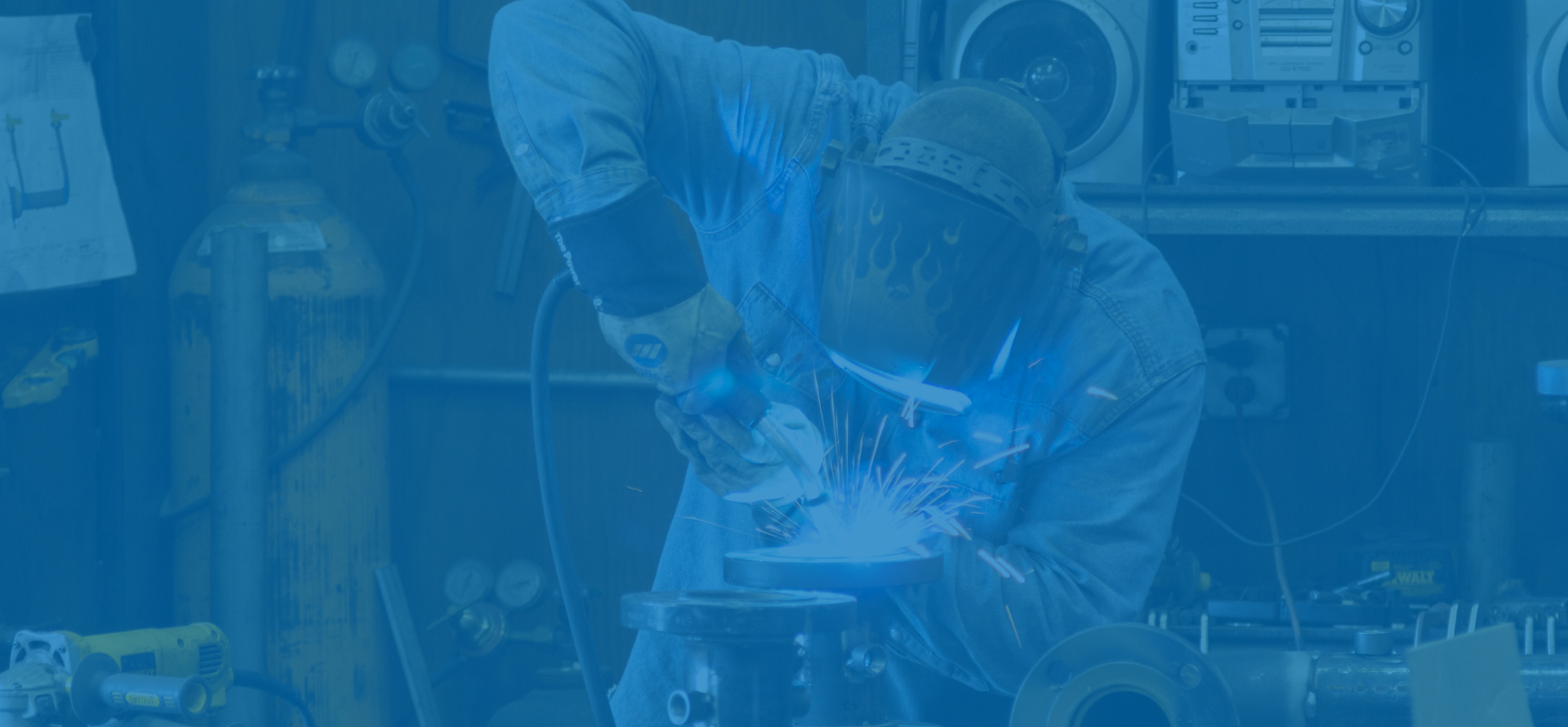
Retrofitting an existing piping system, is the act of fortifying or strengthening the piping system, so that it can perform well under normal to extreme conditions. This process is especially important in urban and industrial areas where pipes are used to transport waste, gas, oil, water, and other substances on a daily basis. Before you can consider retrofitting your existing piping system to meet new codes, you must first thoroughly understand the regulations, laws, and risks that are associated with the task.
Understanding Codes and Laws
Detailed technical guidelines must be followed when undertaking the assessment, retrofitting, and rehabilitation of pipes. In each urban, residential, and industrial zone there will be published guidelines regarding the standard of each piping system. The engineers and technicians whom are retrofitting your existing piping system must understand the area-specific guidelines, before work can begin. In addition, these individuals must remember that the focus of their work should be to:
- Make structural improvements;
- reduce the hazards that may occur due to extreme weather;
- and meet the established codes for retrofitting any piping system in areas where seismic activity is prevalent or has recently occurred anywhere in the world.
Finally, the UBC, ASME, and National Hazard Reduction Program that was initiated by FEMA, all offer guidelines for the actual retrofitting process. These published guidelines are designed to prevent injury and loss of life.
Understanding the Risks
The main risks associated with retrofitting an existing pipe system involve the effects that seismic activities can have on pipes. If laws, codes, and guidelines are not followed then the results can all too easily become catastrophic. In addition, clearly defined processes, high-quality materials, and stringent standards must be maintained during the project. Retrofitted pipes must not give way during seismic events. In short, they need to be able to maintain their integrity no matter the weather activity.
In conclusion, you can retrofit your current piping system to meet new codes. However, before you can undertake this task, you and your team must first thoroughly review the laws, conditions, risks, and regulations surrounding the retrofitting process. Next, you must establish stringent project guidelines to ensure retrofitting success. Finally, you should use the highest-quality parts, like those provided by W.P. Law, Inc. Since 1970, W. P. Law has provided exceptional service, advice, and products to individuals in the industrial and commercial space. To learn more about the products needed to securely retrofit pipes, contact a member of the W. P. Law team today.








